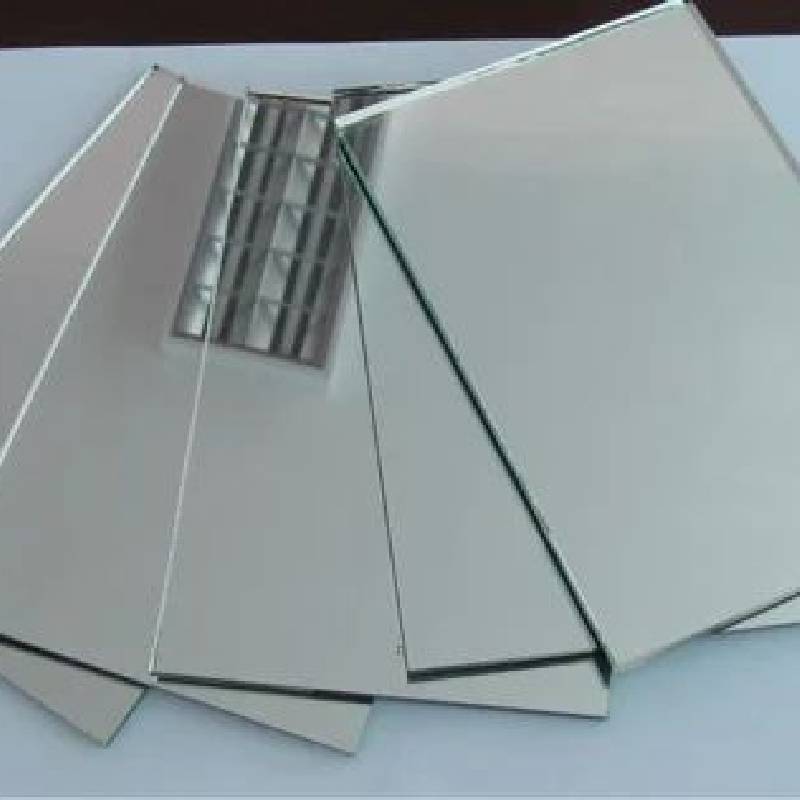

The Aesthetic and Functional Appeal of Decorative Laminated Glass
Decorative laminated glass is an innovative and versatile material that has gained significant popularity in the architecture and design industries. Combining aesthetics with functionality, this unique glass solution enhances both residential and commercial spaces. By integrating design elements directly into the glass, laminated glass offers an exceptional blend of beauty, safety, and durability, making it an ideal choice for various applications.
What is Decorative Laminated Glass?
Laminated glass consists of two or more layers of glass that are bonded together by an interlayer, typically made from polyvinyl butyral (PVB) or ethylene-vinyl acetate (EVA). Decorative laminated glass incorporates artistic designs, patterns, or colors within the layers or on the surface, creating visually striking effects. The design possibilities are virtually endless; from frosted patterns and vibrant colors to custom images and textures, decorative laminated glass can transform ordinary spaces into extraordinary environments.
Applications in Architecture and Design
Decorative laminated glass is widely used in a variety of architectural applications. It serves as an excellent choice for windows, doors, skylights, and partition walls in both commercial and residential buildings. In addition to its aesthetic appeal, it provides acoustic insulation and UV protection, making indoor spaces more comfortable and energy-efficient.
One of the most popular applications is in shower enclosures, where the glass acts as a barrier while adding a touch of elegance to the bathroom
. Similarly, decorative laminated glass is often used as a feature wall, where its unique designs can serve as a conversation starter or focal point in a room. In retail environments, it can create eye-catching displays, drawing customers' attention while maintaining safety through its sturdy construction.Safety and Durability

Beyond its visual appeal, decorative laminated glass is valued for its safety features. The interlayer in laminated glass holds the layers together even when shattered, reducing the risk of injury from sharp glass shards. This property makes it particularly suitable for high-traffic areas and environments where safety is a priority, such as schools, hospitals, and public spaces.
Moreover, laminated glass is also more resistant to penetration than regular glass, providing an extra layer of security. This makes it an excellent choice for facades and storefronts, where both aesthetics and safety are crucial.
Sustainability Considerations
With an increasing focus on sustainability in design and architecture, decorative laminated glass is an environmentally friendly option. Manufacturers are now producing laminated glass using eco-friendly materials and processes. The longevity and durability of laminated glass contribute to less frequent replacements, further reducing waste over time.
Additionally, laminated glass can improve energy efficiency in buildings. By controlling heat gain and loss, it helps maintain comfortable indoor temperatures, ultimately reducing reliance on heating and cooling systems.
Conclusion
Decorative laminated glass is a remarkable material that seamlessly marries functionality with art. Its versatility allows for endless design possibilities, making it suitable for a wide variety of applications in modern architecture. The combination of safety, durability, and aesthetic appeal makes decorative laminated glass an excellent choice for anyone looking to elevate their space. As trends in design continue to evolve, this innovative glass solution is poised to play a significant role in shaping the environments of the future. Whether for a residential home or a commercial establishment, decorative laminated glass offers a unique opportunity to create beautiful, safe, and sustainable spaces.